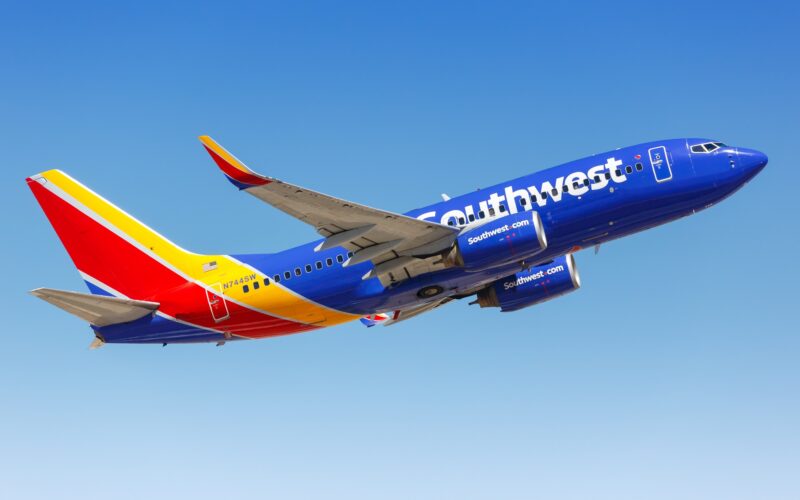Southwest Airlines Boeing 737-9 Max Experiences Dutch Roll, Sustains Structural Damage

Federal officials are investigating an incident involving a Southwest Airlines Boeing 737-9 Max that entered a “Dutch roll” during a flight, leading to substantial structural damage. The unusual rolling motion, which occurred last month on a flight from Phoenix to Oakland, California, is suspected to have been caused by a damaged backup power-control unit.
The Dutch roll, a complex aerodynamic phenomenon involving a combination of yaw and roll movements, was detected while the aircraft was cruising at 34,000 feet on May 25. However, the National Transportation Safety Board (NTSB) was not notified of the incident and the resulting damage to the jetliner until June 7. Following the flight, maintenance teams discovered damage to structural components of the aircraft, indicating the seriousness of the event.
The name “Dutch roll” derives from a rhythmic, swaying movement similar to a style of ice skating once popular in the Netherlands. It typically involves the aircraft tail sliding side to side and the wings rolling up and down. Although pilots are trained to handle such conditions, and most modern aircraft are equipped with a yaw damper to correct this motion, the backup power unit to the rudder in this case was found to be substantially damaged after the incident.
John Cox, a former airline pilot and aviation safety consultant, explained that the structural damage likely occurred in the plane’s tail fin, where the power units are located. He expressed surprise that the backup unit was damaged during a Dutch roll, as it would not normally be activated under such conditions.
The Boeing 737-9 Max, unlike older Boeing models like the 707s and 727s, is designed to naturally dampen out a Dutch roll, making this incident particularly unusual. “737s are not prone to excessive Dutch roll. The design of the airplane is such that if you do absolutely nothing, the airplane will dampen the Dutch roll out naturally,” Cox stated.
After safely landing in Oakland, the aircraft was examined, and the Federal Aviation Administration’s preliminary report highlighted the discovery of the damage. The NTSB has since downloaded data from the aircraft, which will assist in determining the duration and severity of the Dutch roll incident. Unfortunately, the cockpit voice recorder data was overwritten after two hours, limiting access to the pilots’ communications during the event.
The NTSB is expected to release a preliminary report on this incident within 30 days. Meanwhile, Southwest Airlines, based in Dallas, is actively participating in the ongoing investigation but has declined further comment on the matter. Despite the alarming nature of the incident, there were no injuries reported among the 175 passengers and six crew members on board.
Sources: AirGuide Business airguide.info, bing.com, apnews.com
